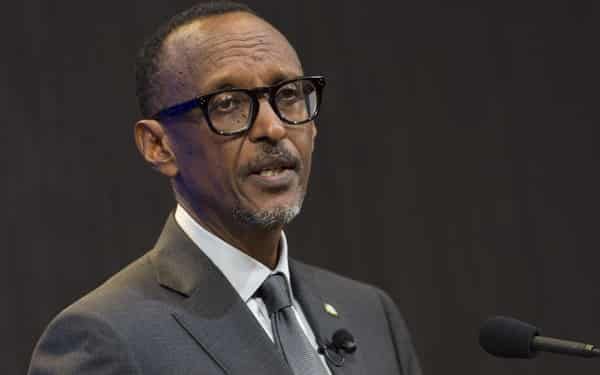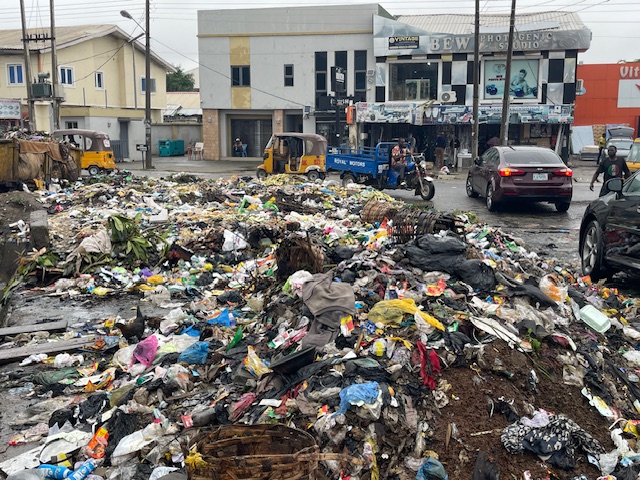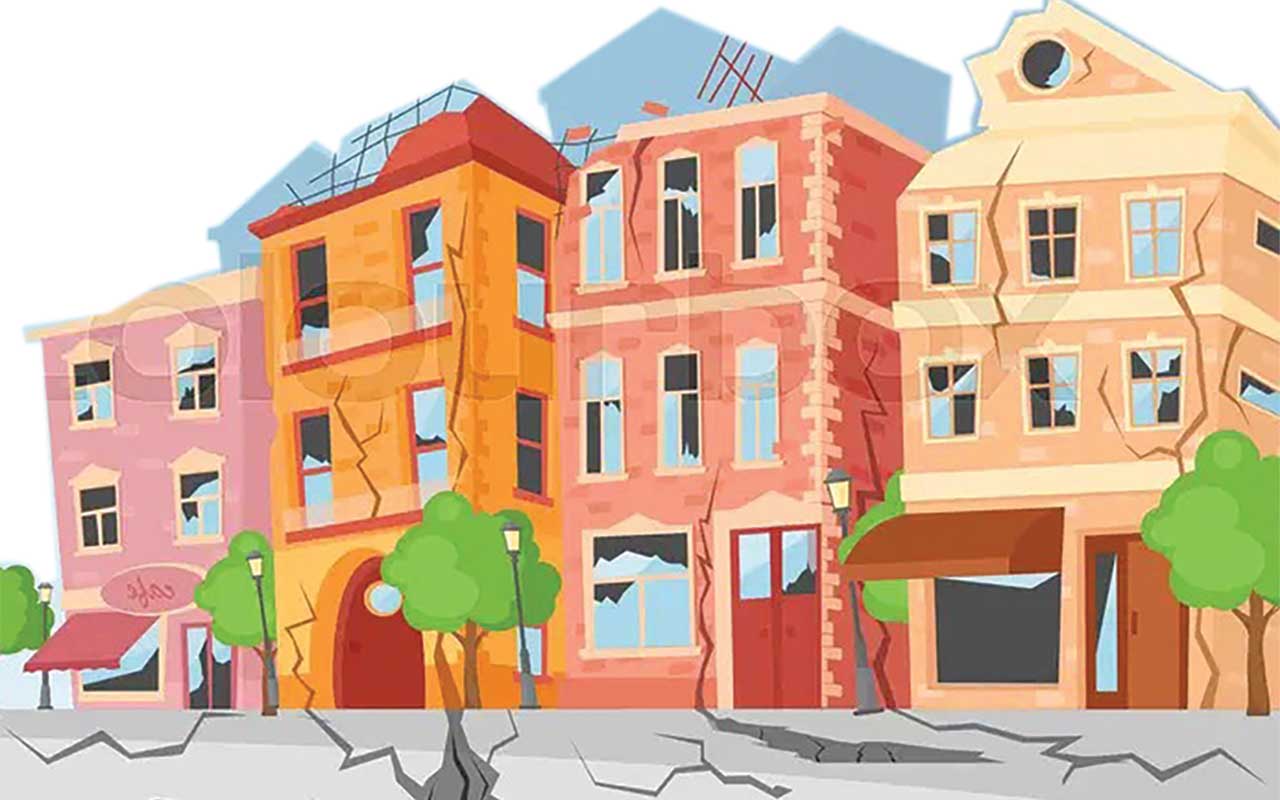
For the past twenty-six years in Rwanda, the Fourth of July has been designated, celebrated and commemorated as National Liberation Day. The day is significant because it was the day the RPF (Rwanda Patriotic Front) liberated the land of a thousand hills which had witnessed The Genocide Against The Tutsis.
Twenty-six years later, from the last week in June 2020, as I picked up the book by General Romeo Dallaire titled Shake Hands With The Devil: The Failure of Humanity in Rwanda, meticulously reading through and assimilating each word, each page and each chapter in the wee hours (3-6am) of each morning, I am morally compelled as a pragmatic minded African writer with a conscience to speak through my pen in the latter part of this brief piece.
On Saturday, July 4, 2020, just as Rwanda marked the 26th liberation anniversary, President Paul Kagame launched and unveiled some transformational projects in Tabagwe Sector in Nyagatare District in the Eastern Province. These projects were built by the Ministry of Defence and the Rwanda Defence Forces. And they are namely, the inauguration of the Gishuro Model Village, which would be home to sixty-four families, an early childhood development centre, a school with smart classrooms and also a medical centre.
During the National Liberation Day activities, the President was officially presented with the proposal for the future of Liberation Tourism development. The presentation was done by Belise Kariza, who is the Chief Tourism Officer of Rwanda Development Board. RDB launched a digital application for Liberation History Tourism Trail which in essence is a digital application with the purpose of providing users with readily available content about the historical significance of the liberation trail and much more.
According to RDB, the Liberation History Tourism Trail was initiated in 2018 in collaboration with the Ministry of Defence and Rwanda Defence Force. As a tourism product, the trial capitalizes on the growing demand for heritage and cultural offerings as well as global interest in Rwanda, its liberation story and post-genocide transformation.
During the initiation of the project the eight sites which have been identified as tourist attractions for further development include; Musanze (Nyamagumba), Urugano, CND, Gikoba, Shonga, Kagitumba, Mukarange and Mulindi.
Paraphrasing Belise Kariza, the Chief Tourism Officer of RDB, “the preservation of liberation heritage sites is a national priority not only for the growth of both domestic and international tourism but also as Income generating activities for the communities that supported the troops during the Liberation struggle. This App aims to connect Rwanda’s heritage and cultural attractions with existing diverse tourism products and experiences.”
Furthermore, the application will amongst other features provide the end-user with readily available content about the trail and will be accessible from any part of the globe. Other features include information on the history and significance of all forty-four liberation sites located in six districts across the country. Additional features are accessibility, surrounding amenities and booking information.
The Liberation History Tourism Trail traces the route of the Rwanda Patriotic Army’s liberation struggle from October 1990 to July 4th 1994.
As earlier stated, (and as my fingers do the talking on the keyboard) I am presently reading the aforementioned book by General Dallaire which chronicles his time in Rwanda as he was the head of the UNAMIR (United Nations Assistance Mission for Rwanda.) For every chapter I concluded or almost concluded in the wee hours of each morning, not only did this writer sigh and ruminate on what he would have just read but also, I could not but ask why the international community stood by and allowed the unspeakable atrocities take place? It still boggles this writer’s lucid mind.
General Dallaire’s frustration at and with the approach (for want of a better word from me) of the United Nations were compounded and coupled with my own silent cringes reading the personal and official documentation of the Canadian General’s communication with the United Nations in New York, USA. The best description of the UN of 1994 can best be described and read in first eight sentences of page 355 (do search for it.) Twenty-six years later and discussing with Africans who have passed through and those who are still within the four walls of the United Nations, the impression one gets is that the United Nations is reformed and still reforming.
The best description to assign to how Washington and London initially handled it, can be read in the paragraphs between pages 375 – 376. I had to read the three long paragraphs twice to be sure I read correctly, the particular incident General Dallaire highlighted. Sheer wickedness was what chimed in my mind. Since a writer must not be grandiloquent with words so that readers of all ages and strata would understand him or her, my thoughts after reading the above incidents are the last two paragraphs of this piece.
Personally, it is a different feeling to read about the struggle but a totally different feeling when I discovered the history and stories behind the names of places I have been reading about; are places, locations and structures, one passes by, visits, visited, or journeyed through and journeyed to. One begins to appreciate the priceless and, in some cases, ultimate sacrifices of men and women which ushered in the National Liberation Day.
Like President Paul Kagame stated; “twenty-six years have passed since we liberated ourselves. We have achieved a lot. It required sacrifice, hard work, and the collaboration of many. The values that have characterized our Liberation are still important today. Tested as we’ve been by the oddest of the odds and learned from what has been endured as a people lacking no commitment to shape our better future, surely who has the time to be scared of or defeated by the odds that still lie ahead of us! Our young people just have to do better than us.”
Succintly put and considering the times we are in; the young people of the African Continent have to do better than what they have been bequeathed with on the Continent. A vital step cum task is for the young people of Africa, must begin to plant the seed and lay the foundation of positioning themselves in global organisations. Even though, we are witnessing a plethora of Africans in global institutions; the Continent is still under-represented. This is a task for young Africans.
And as the world is gripped by two major events presently, which have brought into question previously handed-down history which are being questioned, the most vital task would be this; young Africans must begin to question everything including the ills of the Continent’s past histories handed-down by colonial administrators. Surely, this is the first step towards a liberated African mind and a liberated African Continent.






